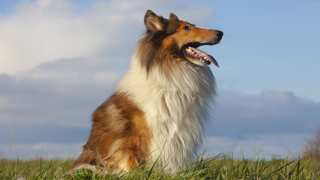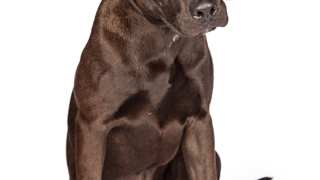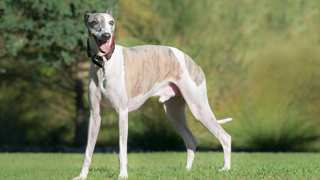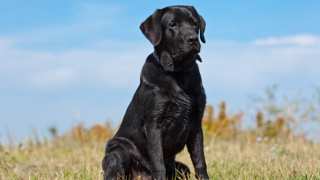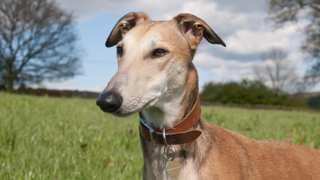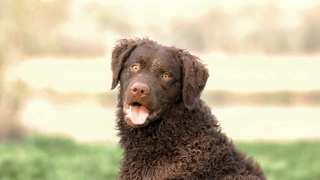Longdogs, like all breeds, will need food that contains plenty of animal proteins and carbohydrates for energy, vitamins and minerals for digestive and immune health, and omega fatty acids for coat and skin wellness. This means the best food for Longdogs is the premium dry kind, because it contains balanced portions of the above-listed ingredients--which all dogs need to maintain their health in the long term. Cheap, generic dog food is not recommended for Longdogs, as in is usually made from empty "filler" ingredients that are unhealthy, are harder for the dog to digest, and can even shorten the dog's lifespan if consumed on a daily basis.
Royal Canin, Blue Buffalo, and Taste of the Wild are three recommended brands that carry excellent lines of premium dry food.
Though the amount of daily food portions can vary a good bit depending on the adult dog's size (and age and activity level as well), the typical 70-pound Longdog will need about 3½ cups of premium dry food per day, divided into two meals. Longdog puppies, again depending on size and age, will only need a bit less: about 2½ cups per day, divided into three meals (not two) until six months of age. For further details on feeding a Longdog from puppyhood through maturity, see the chart below; the info is for a 70-pound Longdog, but can vary a good bit depending on your dog's size.
(NOTE: Because Longdogs are quite tall, experts recommend elevating their bowls on a crate or block so they don't have to reach down so far to eat their food.)
Dog AgeDog WeightFood TypeAmountFrequency2 Months15 lbsDry (Puppy formula)0.4 cups3x/day3 Months25 lbsDry0.6 cups3x/day6 Months45 lbsDry0.8 cups3x/day9 Months60 lbsDry* (Puppy/Adult)1.5 cups2x/day12 Months+70 lbsDry (Adult formula)1.75 cups2x/day*--Around this time, transition to adult food by first mixing in a bit of adult formula with the puppy formula. Over the course of a week, with each meal add a little more adult food to the mixture, until the dog is eating it entirely.
If possible, try to stick to the above-listed portions. Though this crossbreed doesn't have a high tendency for obesity, it certainly can become overweight if overfed (and under-exercised)--and a fat Longdog will have joint, breathing, and digestive problems, not to mention a possibly shortened lifespan. You can help control your Longdog's weight by establishing consistent feeding and exercise schedules, by not giving the dog table scraps, and by not leaving food in the dog's bowl all the time, thereby allowing it to eat anytime it wants. It's better to put your Longdog's bowl down only at mealtimes, then pick it up a few minutes after the dog begins eating.
If you're worried your Longdog is overweight, give the dog this simple test: run a hand along its side, and if you can't easily feel ribs, it's diet time. Decrease the dog's daily food portions by one-fourth, and add an extra walk, jog, bike ride, or play period to its daily exercise schedule.
